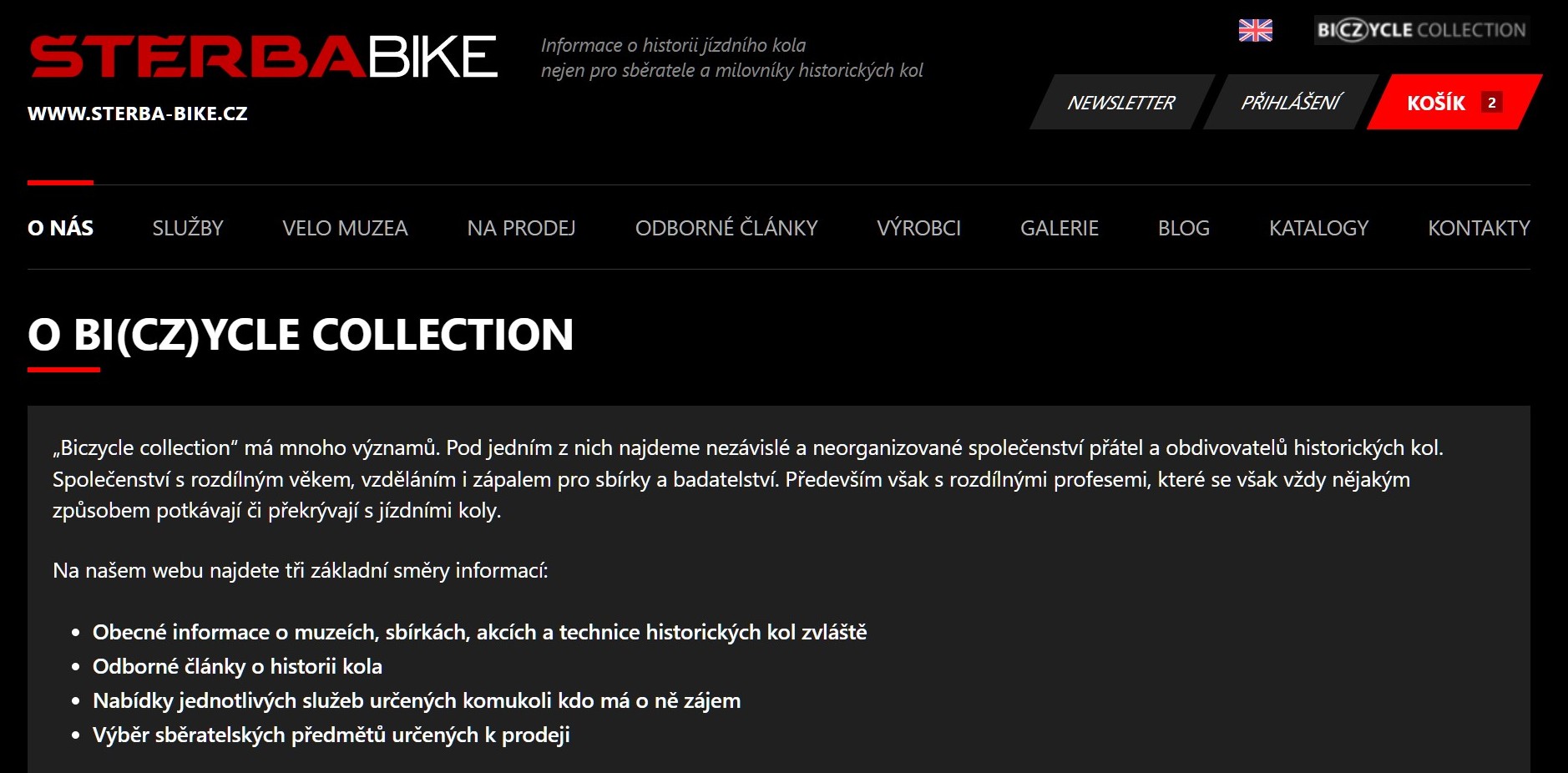Something clearly not understood here but in desperate need of clarification throughout this hobby. Just because a certain headbadge or name is found attached on a vintage bicycle from a certain manufacturer, this does not mean that name was necessarily connected to that manufacturer.
There were FOUR (4) main kinds of headbadges that appeared on bicycles sold in the USA for the majority of the 20th century:
1.) Bicycle manufacturer's main and secondary brand names (such as Murray, Mercury, Monark or Silver King or Rocket... OR Pierce or Emblem).
2.) Bicycle retailer's private-label names (such as Elgin, Hawthorne, Foremost, Firestone, Good Year, Hiawatha, etc).
3.) Bicycle wholesale-distributor select names (such as LaSalle, Cadillac, Cadilac, Wheelgoods Flyer, ChiCyCo, etc.).
4.) Bicycle dealer's select name (ANY name or design chosen by a bicycle shop/dealer, made to order for that particular shop or dealer. Such as "Ludwig" on Race St. in Cincinnati, Ohio).
This musical chairs game with names and headbadges was NOT an idea invented by, pioneered by or solely used by Arnold, Schwinn & Company. It was used by nearly everyone in the American bicycle business! Unless one understands this basic notion, all else is lost.
Read the headbadge offerings page in the BSCO W-D catalogue. The images shown are merely examples. As a W-D, BSCO may have had surplus headbadges ON HAND from these sources (this happened when dealers went out of business or discontinued a line and sold off leftover headbadges). But as a W-D servicing a large number of dealers, sample designs were usually shown in catalogues. Merely as examples. Dealers would then use these images to inspire any idea for a headbadge and then order new ones very cheaply. READ THE TEXT UNDER THE HEADBADGES THAT ENCOURAGES DEALERS TO MAKE UP ANY DESIGN AND ORDER IN BATCHES.
Leon Dixon
National Bicycle History Archive of America
(NBHAA.com)

 thecabe.com
But what to call them: 2-sided; double-life; or reversible?
thecabe.com
But what to call them: 2-sided; double-life; or reversible?
 thecabe.com
thecabe.com


















